Why Fleet Vehicle Storage Matters More Than Ever
For many Australian industries—construction, mining, infrastructure, and seasonal tourism—vehicle demand fluctuates across the year. During off-peak months, fleets often sit idle. Without proper storage and maintenance, vehicles deteriorate fast—leading to battery drain, tyre flat-spotting, corrosion, and costly downtime when operations resume.
This is where seasonal storage and mothballing come in.
In this comprehensive vehicle storage for fleets guide, we’ll cover how to prepare, protect, and reactivate vehicles between projects—keeping your assets road-ready, compliant, and cost-efficient.
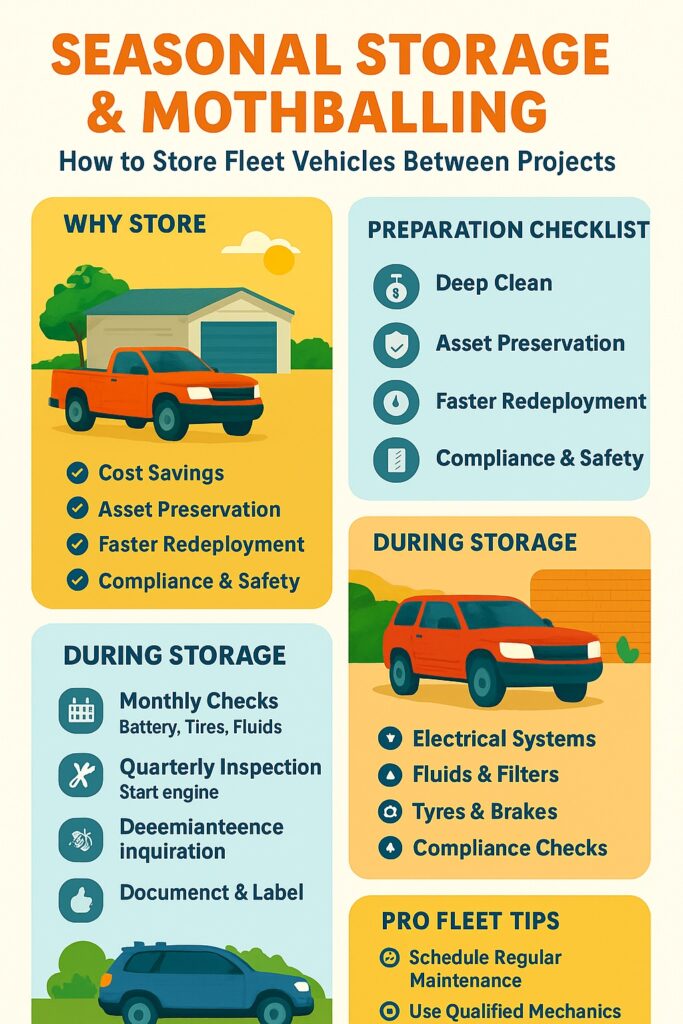
1. Understanding Mothballing and Seasonal Fleet Storage
“Mothballing” means putting a vehicle into temporary but safe suspension—protecting it from weather, wear, and disuse.
Typical Scenarios:
- Mining or construction projects pausing during wet season
- Tourism transport fleets during off-season
- Corporate fleets between contract renewals
- Remote-site 4WDs awaiting redeployment
For many businesses, Trend Rentals’ fleet management solutions simplify this process—offering maintenance, inspection, and redeployment support between projects.

2. Benefits of Proper Vehicle Storage for Fleets
✅ Cost Savings
Reduces the need for frequent repairs, tyre replacements, or jump-starts.
✅ Asset Preservation
Protects interior, exterior, fluids, and electrical systems from degradation.
✅ Faster Redeployment
Vehicles stored correctly return to service quickly without major repairs.
✅ Compliance and Safety
Ensures vehicles remain up to code when reactivated—essential for mine spec vehicles and commercial fleets.
3. Choosing the Right Storage Type
Different fleets require different storage environments depending on location, budget, and duration.
🏭 Indoor Storage
- Climate-controlled, secure warehouses
- Best for high-value or sensitive vehicles
- Prevents UV damage, dust, and corrosion

🏕️ Outdoor Covered Storage
- Cost-effective option with basic protection
- Use UV covers and raised platforms

🚜 Remote Yard Storage
- Suitable for heavy vehicles and mine fleets
- Requires security patrols, GPS tracking, and weatherproof maintenance
Many operators partner with Trend Rentals for managed vehicle return programs and secure storage between deployments.

4. Pre-Storage Preparation Checklist
Step 1: Deep Cleaning
- Wash and wax exterior to remove grime, salt, and corrosive residue.
- Clean interior—vacuum, disinfect, and remove perishables.
- Lubricate hinges, locks, and seals.
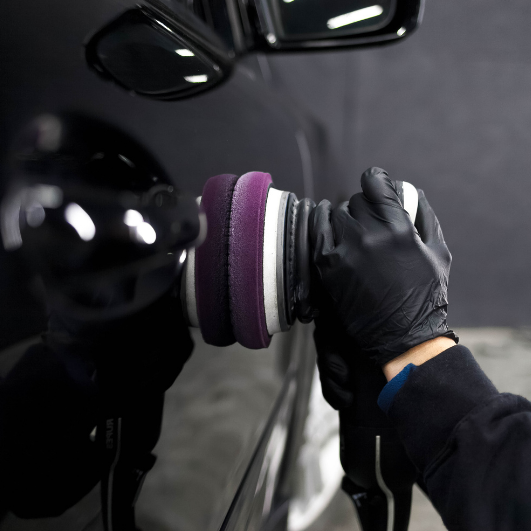
Step 2: Fluids and Filters
- Top up fuel (with stabiliser if stored >3 months).
- Change oil and coolant to prevent acid build-up.
- Replace air and cabin filters.

Step 3: Tyre & Suspension Care
- Inflate tyres to correct PSI to avoid flat spots.
- Jack or move vehicles monthly if stored long-term.
- Engage handbrake only slightly or use chocks.
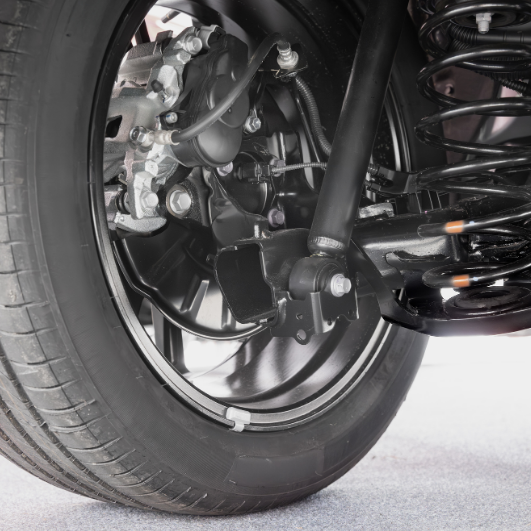
Step 4: Battery and Electrical System
- Disconnect negative terminal or use a trickle charger.
- For fleets, install battery isolation switches.
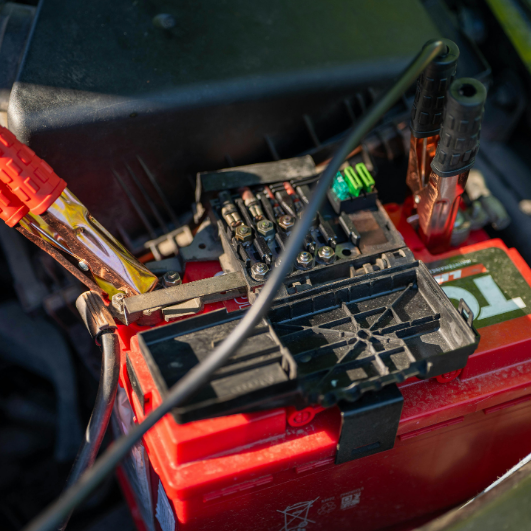
Step 5: Pest & Moisture Control
- Seal air vents and tailpipes with breathable covers.
- Use silica gel packs and rodent repellents.

Step 6: Documentation & Labelling
- Attach service log and next inspection date.
- Record mileage, fuel level, and battery status.

5. During Storage: Routine Maintenance Plan
Just because vehicles aren’t in use doesn’t mean they can be forgotten.
🔁 Monthly Checks:
- Battery voltage
- Tyre pressure
- Signs of leaks or pests
- Fluid levels
🔧 Quarterly Inspections:
- Start engine to circulate oil and fuel
- Operate brakes, steering, and HVAC
- Check seals, belts, and hoses for cracking
Fleet operators using Trend Rentals’ long-term car rental or subscription services can integrate these checks into a managed maintenance plan, reducing admin and downtime.
6. Long-Term Mothballing: When Storage Exceeds 6 Months
Extended storage requires deeper preparation.
⚙️ Mechanical Protection
- Remove wiper blades or lift them off glass.
- Apply corrosion inhibitor to metal parts.
- Use tyre cradles or rotate monthly.

🌡️ Environmental Control
- Use dehumidifiers in enclosed spaces.
- Cover vehicles with breathable, UV-resistant covers.

🧾 Record-Keeping
Maintain a digital log of each vehicle’s:
- Location
- Condition photos
- Battery disconnect date
- Next planned reactivation

Fleet managers often rely on Trend Rentals’ asset tracking systems for this level of control.
7. Reactivating Vehicles After Storage
Once project work resumes, safe reactivation is crucial.
🔋 Step 1: Electrical Systems
- Reconnect batteries or install charged replacements.
- Test lights, signals, and accessories.
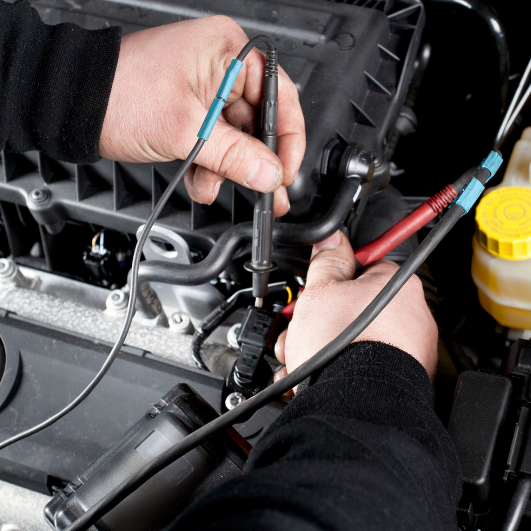
🛢️ Step 2: Fluids & Filters
- Replace fuel stabiliser residue with fresh fuel.
- Check oil, coolant, and transmission levels.
- Replace filters if over six months old.

🚗 Step 3: Tyres & Brakes
- Inflate tyres to spec.
- Inspect rotors and pads for rust or binding.
- Perform low-speed test drive to reset systems.

📋 Step 4: Compliance & Inspections
- Conduct roadworthy check before deployment.
- Ensure insurance and registration are current.
Vehicles stored under are pre-inspected and ready for immediate redeployment—saving time and admin hassle.

8. Technology Solutions for Fleet Storage Management
Smart systems make monitoring easier and safer.
IoT & GPS Monitoring
Track location, battery health, and temperature remotely.
Cloud-Based Fleet Portals
Centralised dashboards to manage vehicle conditions, maintenance reminders, and compliance alerts.
Predictive Maintenance
AI-based scheduling to predict part wear before breakdowns—part of Trend Rentals’ fleet management innovations.
9. Safety & Compliance in Vehicle Storage
Ignoring compliance can void insurance or cause regulatory breaches.
Fleet storage plans must comply with:
- Work Health and Safety (WHS) regulations
- Environmental Protection Acts (for fluid disposal)
- Australian Design Rules (ADR) for vehicle roadworthiness
By working with compliant providers like Trend Rentals, you ensure all vehicles remain within Australian fleet safety standards.

10. Common Mistakes to Avoid
- Leaving handbrakes engaged for months (risk of seizure).
- Forgetting to record service dates.
- Using plastic covers (trap moisture).
- Storing with near-empty fuel tanks.
- Overlooking pest prevention in rural yards.
11. Mothballing for Specialised Fleets
🛻 Mining & Construction
Heavy-duty vehicles need reinforced suspension support and rust inhibitors due to dust exposure.
Mine spec vehicle hire setups often include fitted battery isolators and underbody protection for easier mothballing.

🚐 Tourism & Transport Fleets
Focus on interior preservation—UV protection, odour prevention, and electrical disconnection.

🚚 Corporate Fleets
Leverage rotation systems—store half while deploying half—to maintain business continuity.

12. Sustainable Storage Practices
Sustainability is becoming a top priority for fleet operators.
- Use solar trickle chargers for batteries.
- Choose biodegradable cleaning products.
- Implement water recycling during vehicle washing.
- Reuse and recycle old tyres responsibly.
Trend Rentals incorporates eco-friendly maintenance practices across its national fleet network to reduce environmental impact.
13. Fleet Storage: Outsourcing vs. In-House
| Factor | In-House | Outsourced (Trend Rentals) |
|---|---|---|
| Space | Requires yard & sheds | Provided facilities |
| Security | Internal only | 24/7 monitored |
| Maintenance | Staff managed | Professional servicing |
| Reactivation Speed | Variable | Fast & ready-to-roll |
| Cost Efficiency | High upfront | Predictable monthly |
For growing companies, outsourcing vehicle storage for fleets ensures professional oversight and minimal downtime.
14. Case Study: Mining Fleet Between Projects
A Queensland mining company mothballed 20 utes and trucks during wet season downtime. Partnering with Trend Rentals, they:
- Cleaned and prepped all vehicles
- Stored them in a secure compound
- Conducted quarterly start-up checks
- Reactivated within 48 hours post-rain season
Result: Zero corrosion, no battery failures, and reduced repair costs by 25%.
15. Best Practices Summary: Your Fleet Storage Blueprint
- Clean, fuel, and seal vehicles before storage.
- Disconnect batteries or use smart chargers.
- Maintain logs and rotate assets periodically.
- Reactivate with fresh fluids and compliance checks.
- Partner with a trusted provider like Trend Rentals for full-service fleet care.
Conclusion: Protect Your Assets, Save Costs, and Stay Ready
Whether you manage ten 4WDs or a nationwide fleet, effective vehicle storage for fleets ensures long-term reliability, compliance, and cost control.
By implementing proper mothballing techniques and partnering with professionals like Trend Rentals, you’ll keep every vehicle ready for rapid redeployment—no surprises, no delays.